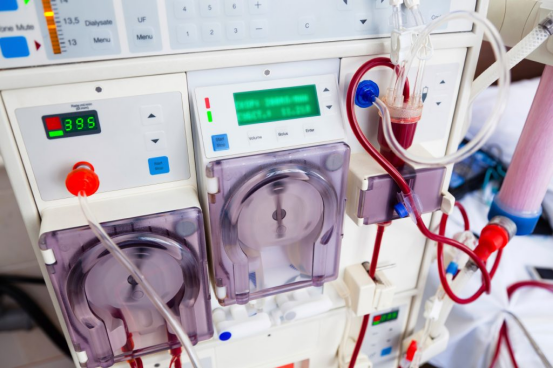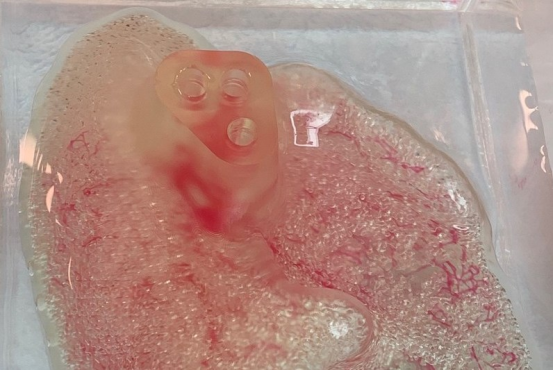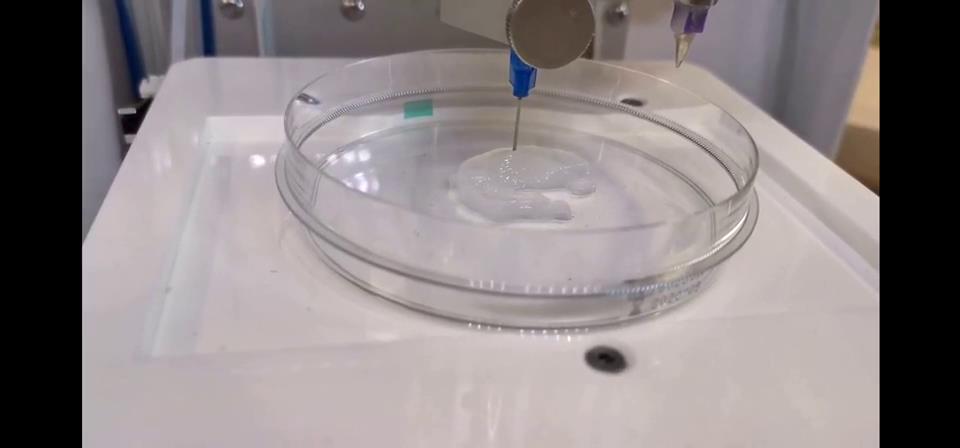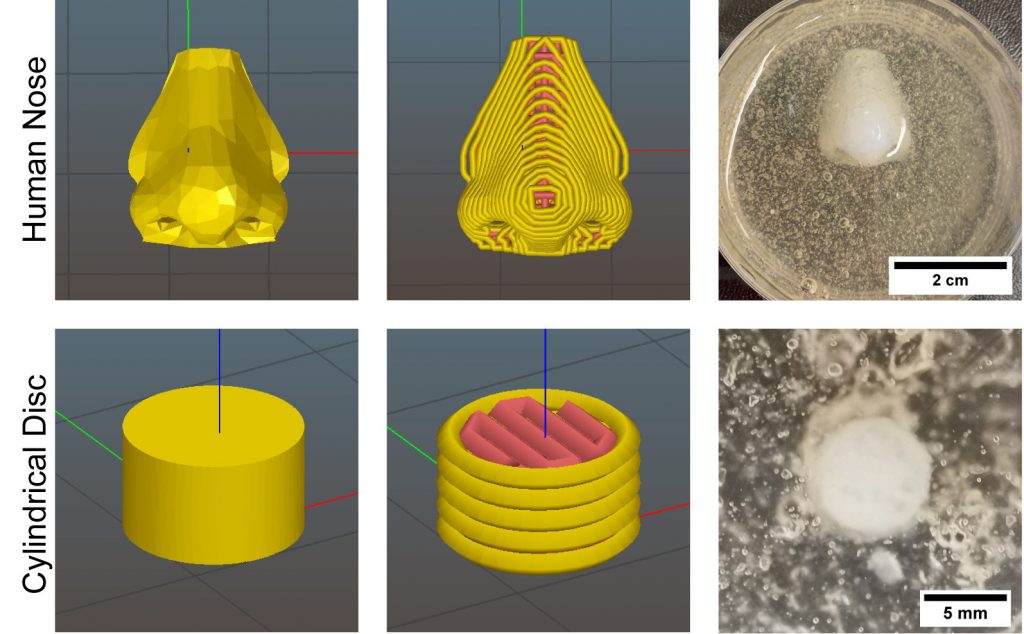along with
medical
With the improvement of the level, organ transplantation has become the choice for many people to prolong their lives. Although the success rate of organ transplantation has been greatly improved, the transplanted organs still rely on donations from caring people or relatives, which is prone to a series of derived problems.3D printingTechnology may solve this problem.
April 4, 2022, San Diego-based
biology
Engineering startup Trestle Biotherapeutics has licensed a new 3D bioprinting technology capable of making functional human kidney tissue. The new method was developed in the labs of distinguished Harvard scientists Jennifer Lewis and Ryuji Morizane.
Since its founding in 2020, the company has been developing an implantable therapeutic tissue designed to relieve the suffering of patients with end-stage renal disease (ESRD).Although Trestle Biotherapeutics has not yet accurately outlined its
Implants
The printing method works, but it describes its technology as “the integration of cell biology, biofabrication, fluidics and cell fabrication.”

“Trestle was founded on the belief that the next wave of breakthroughs in stem cell biology and cell therapy is just around the corner,” added Dr. Shepard, CEO of Trestle Biotherapeutics, on the company’s website. “In numerous consultants and
Invest
With the tremendous intellectual and financial support of our contributors, we’ve begun work on this, and we look forward to sharing more of what we’re building in the coming months. “
While not providing a full breakdown of how the process works, the company revealed that it “serves as an “improvement for increased tissue maturation and tissue maturation within stem cell-derived organoids”
Blood vessel
Development paves the way to respond to fluid flow. “Given that it achieves high viability and vascularization, this breakthrough3D bioprintingTwo traditional barriers to functional tissue, Trestle Biotherapeutics says the process could soon lead to implants that “supplement or even replace a patient’s kidney function.”
While 3D bioprinting of viable, transplantable human organs is still some way off, the technology has made enough recent advances to suggest that things are at least moving in the right direction. For example, United Therapeutics is also working on developing 3D bioprinted kidney transplants and has agreed to enter mass production of these products with CollPlant.

same,
3D Systems
It aggressively ramped up its biomanufacturing activities last year, first announcing “tremendous progress” with its Print to Perfusion project, and then acquiring Volumetric Biotechnologies for a whopping $400 million. With the acquisition, the company aims to expand its current research into human lung stents to two additional organs, as well as to study other vascularized tissues.
Last May, researchers at the University of Alberta also developed a way to 3D bioprint custom nasal cartilage on a smaller scale.These implants use
CELLINK
The bioprinter was produced and is intended to treat those patients who still suffer from post-operative facial deformities and as a faster way to treat future cancer patients.


(responsible editor: admin)


0 Comments for “Harvard Scientists Develop 3D Printed Human Kidney Tissue to Ease Pain for Patients with End-Stage Renal Disease”